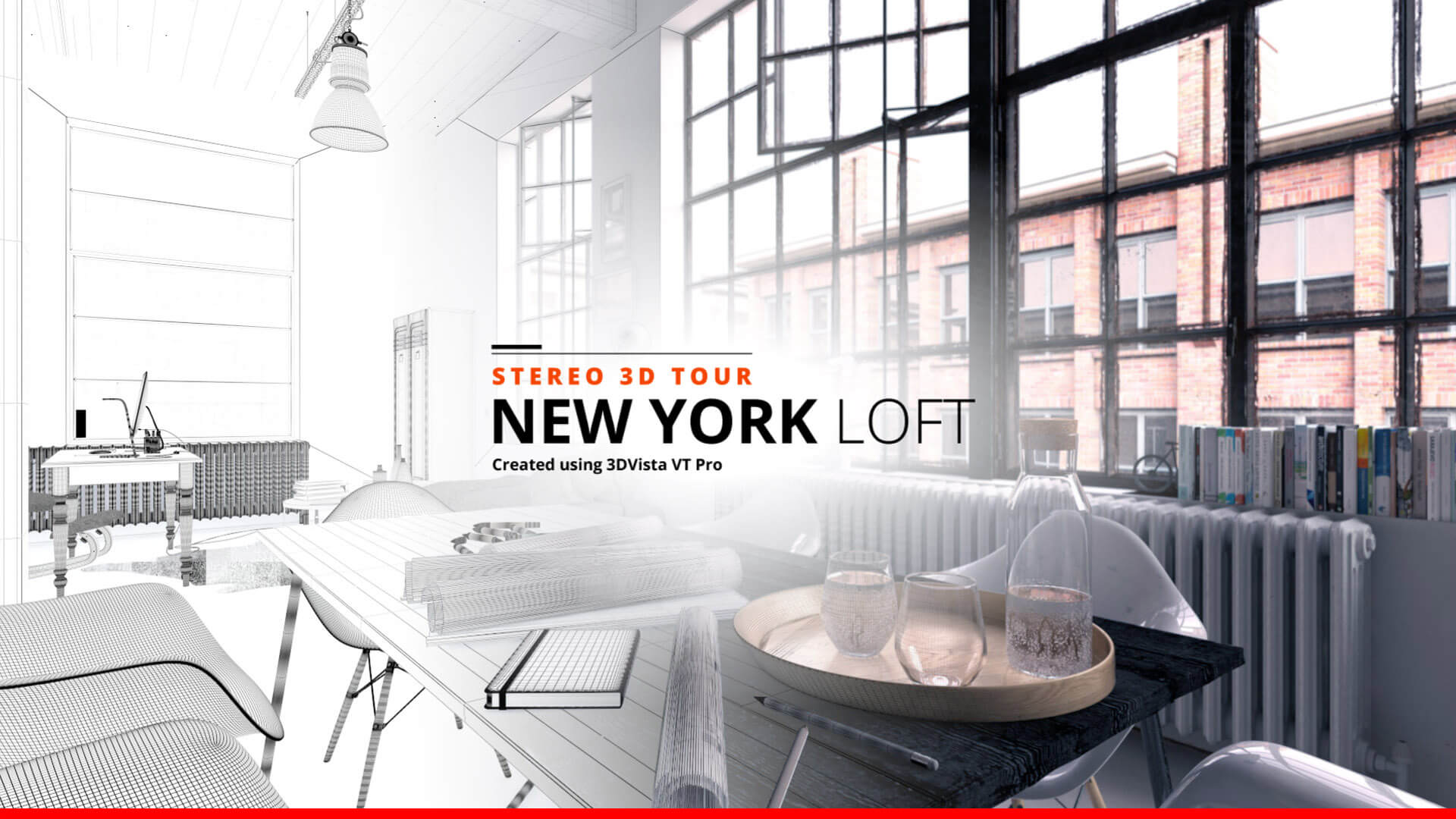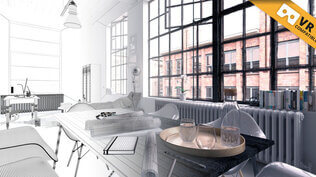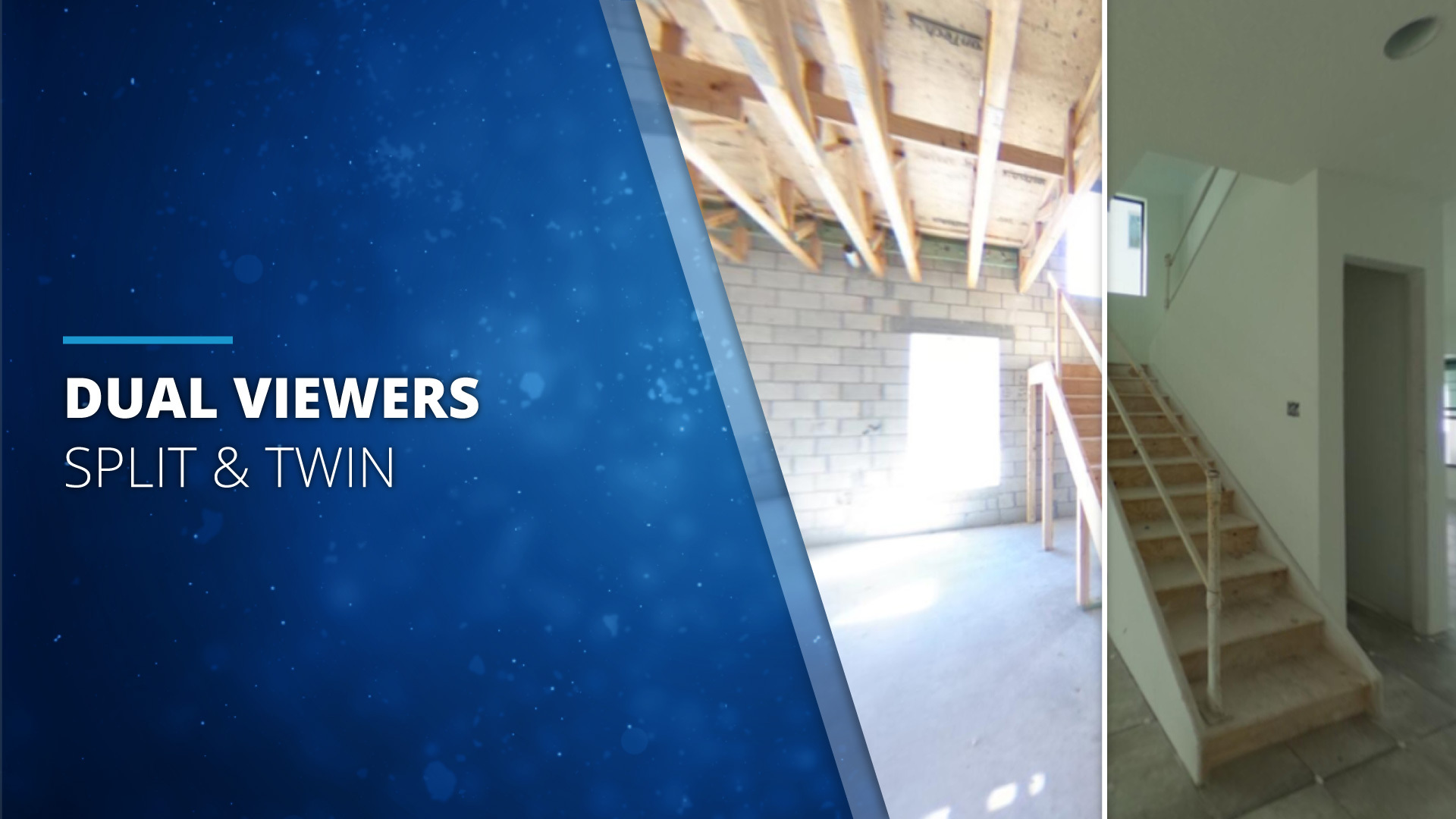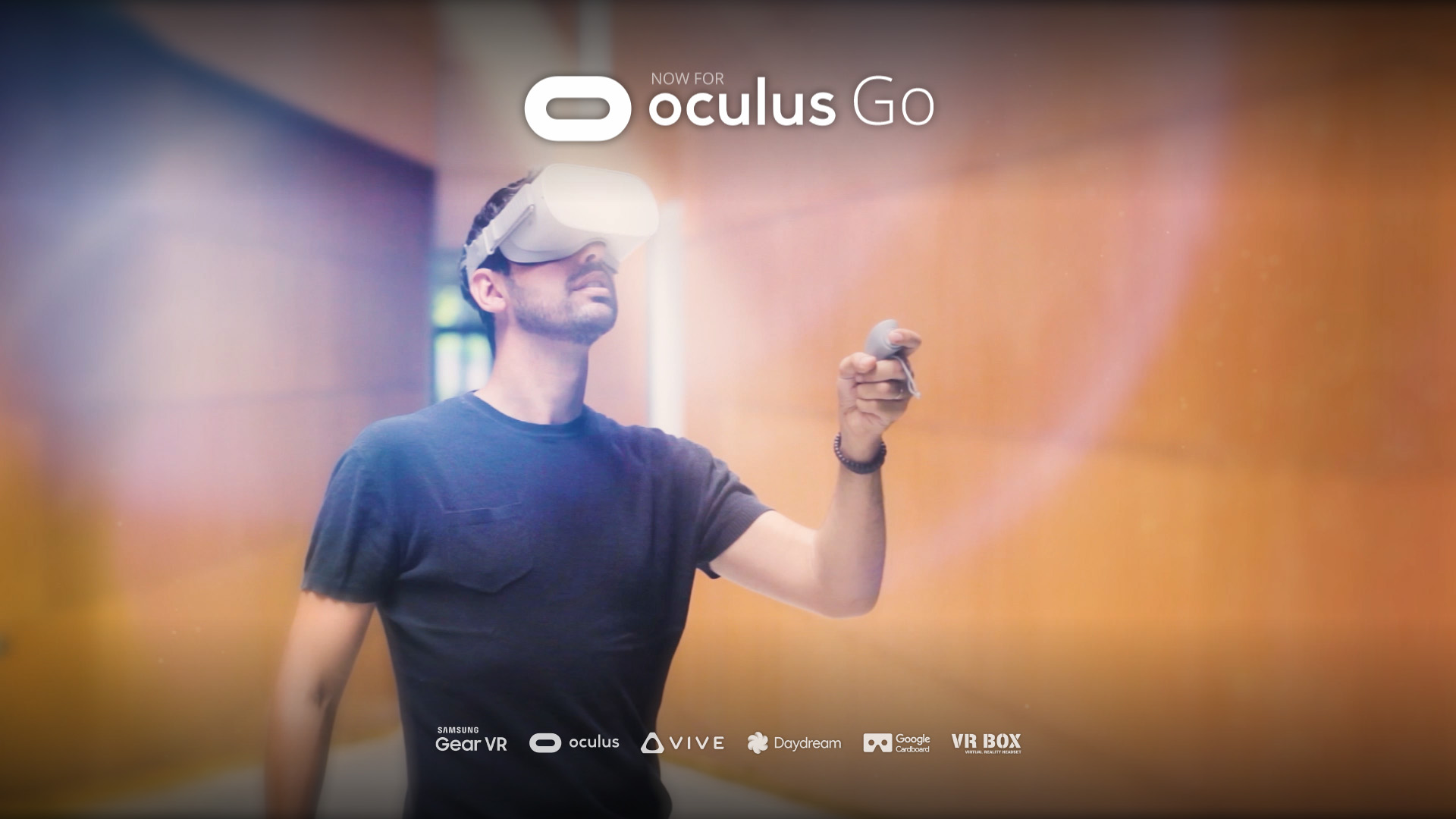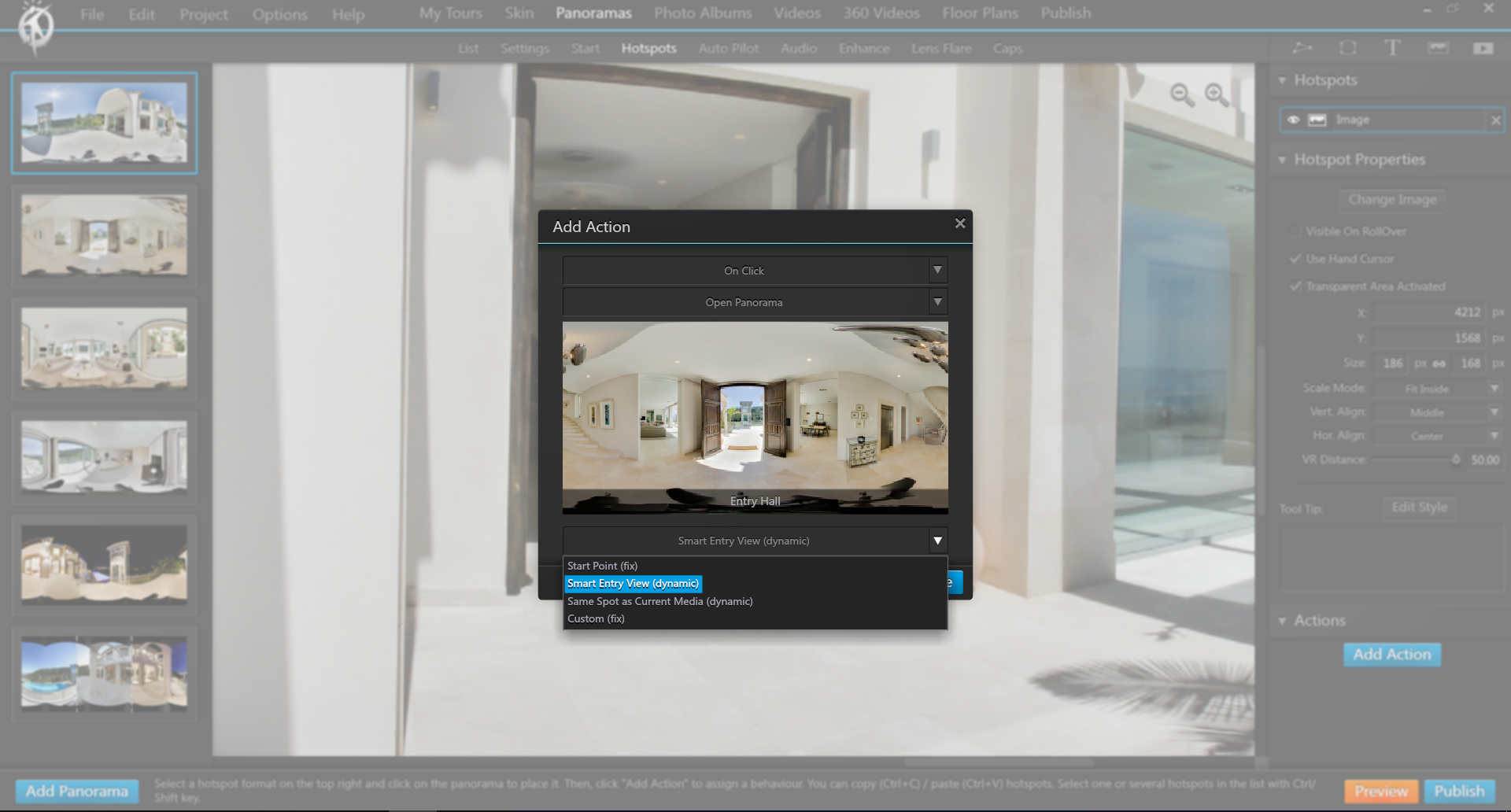Descrizione del tour:
Dai CAD a una panoramica stereo 3D iperrealistica che mostra ogni dettaglio dei progetti pianificati. Può essere a 360º con panorami standard o stereo,
Questo tour è stato creato interamente in Cinema 4D ed esportato come panorami stereo. Ciò significa che ogni panorama contiene due immagini leggermente diverse, una mostrerebbe la visione che ha l'occhio sinistro e l'altra ciò che vedrebbe l'occhio destro. Questo ci permette di vederlo con dispositivi VR come Oculus e di avere una sensazione di totale immersione, poiché vediamo gli oggetti come se fossero tridimensionali e percepiamo la profondità dello spazio. Anche le icone rosse o gli hotspot hanno regolato la loro profondità VR in modo che si fondano e appaiano nello stesso spazio tridimensionale degli oggetti. Il risultato è spettacolare e conferisce a questi tour un maggiore senso di realismo ed efficacia. È molto più simile a come percepiamo la realtà attraverso i nostri occhi, motivo per cui l'effetto è così sorprendente.
Esistono 3 versioni di ogni spazio: normale, non arredato e wireframe. E possiamo passare da una modalità all'altra mantenendo la posizione corrente della fotocamera, che consente transizioni fluide tra l'una e l'altra. Tutto questo grazie all'opzione: Stesso Spot dei media attuali.
Gli oggetti sono cliccabili e mostrano finestre informative personalizzate sulla skin. In essi c'è una descrizione del prodotto sulla destra, con prezzo e pulsante di acquisto. Sulla sinistra abbiamo uno spazio per mostrare i contenuti incorporati da un altro sito web, in questo caso i modelli 3D della pagina "sketchfab". Questo permette di visualizzare e manipolare oggetti 3D in modo integrato nel nostro tour.
In breve, un esempio delle possibilità dei tour virtuali nel campo dell'architettura, del design e della decorazione. E uno strumento molto efficace per trasferire i tuoi progetti dalla tua immaginazione alla realtà grazie alla precisa ricreazione che possiamo offrire attraverso questo tipo di panorama.
Include:
- CAD Renders
- Panorami stereo
- VR
- Oggetti incorporati 3D
- Info Windows
Tutorial correlato
Tutorial su Virtual Staging (scambiando panorami)
Post Blog:
Tour virtuali con foto o rendering CAD
